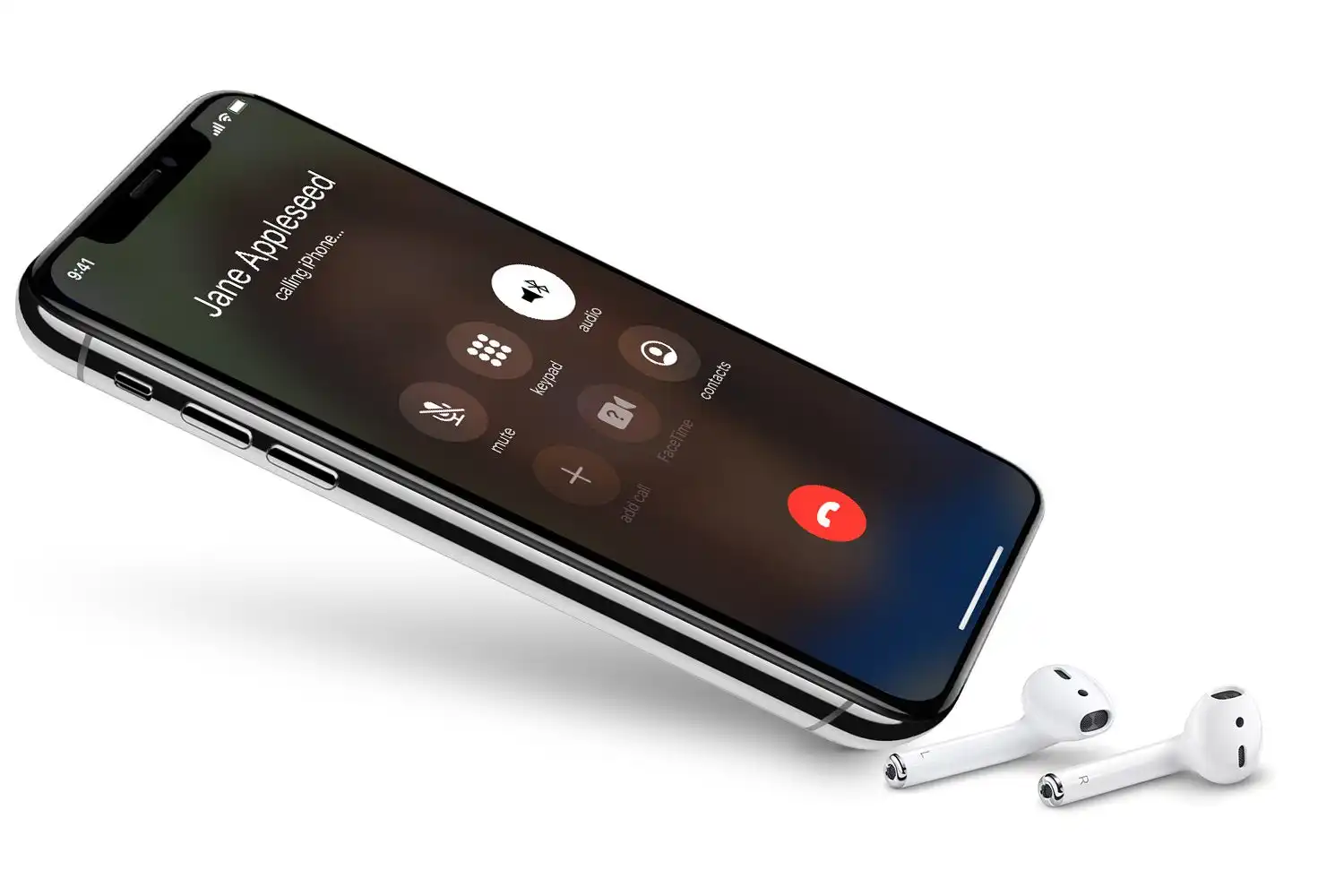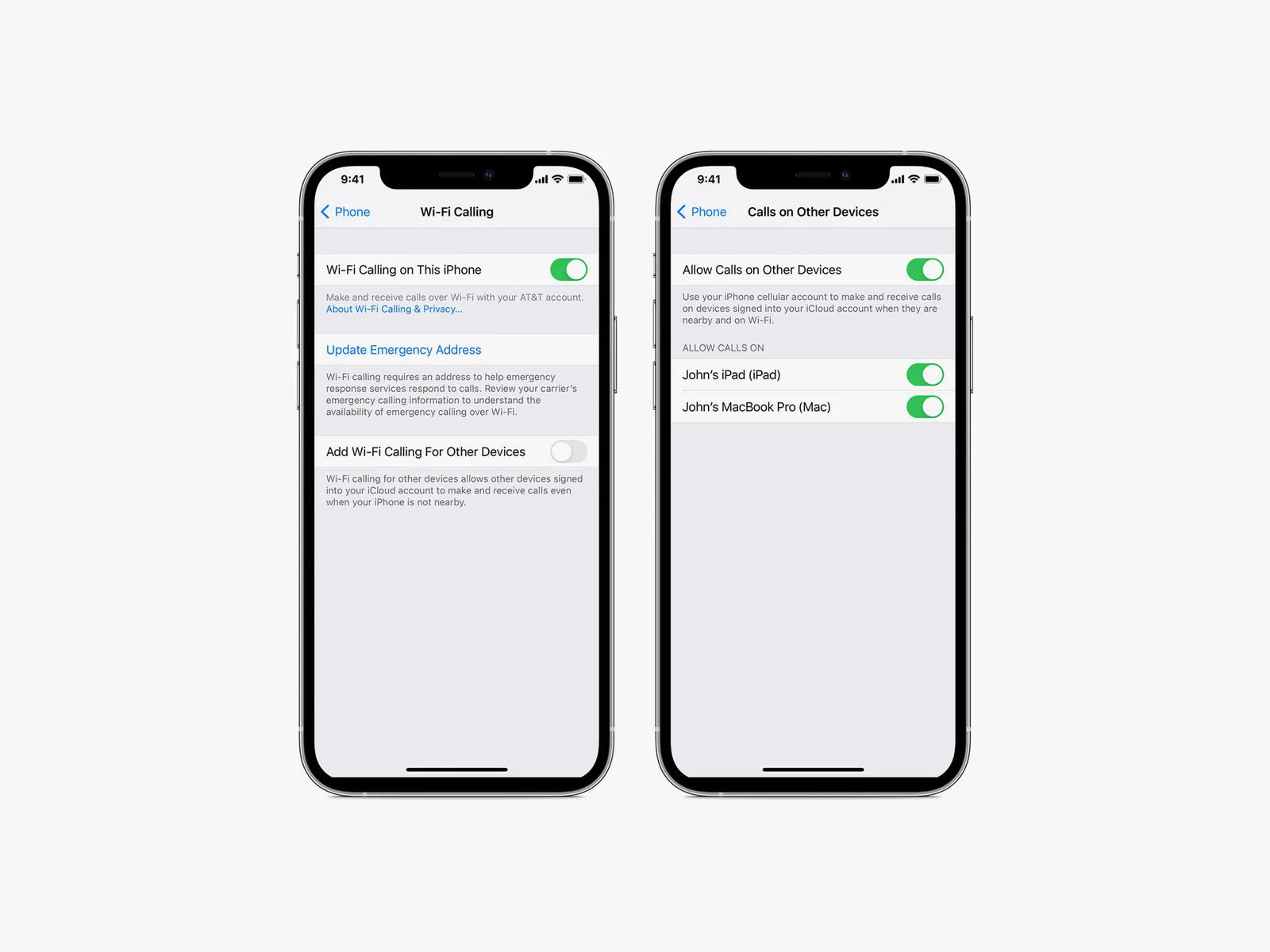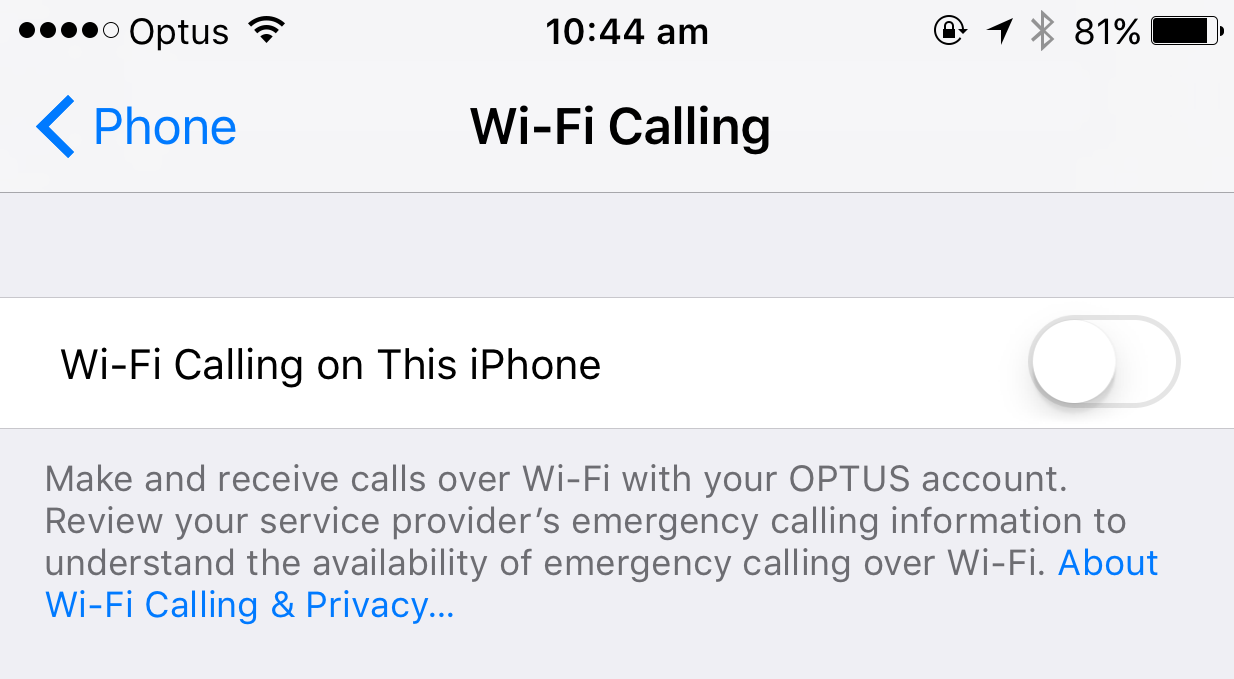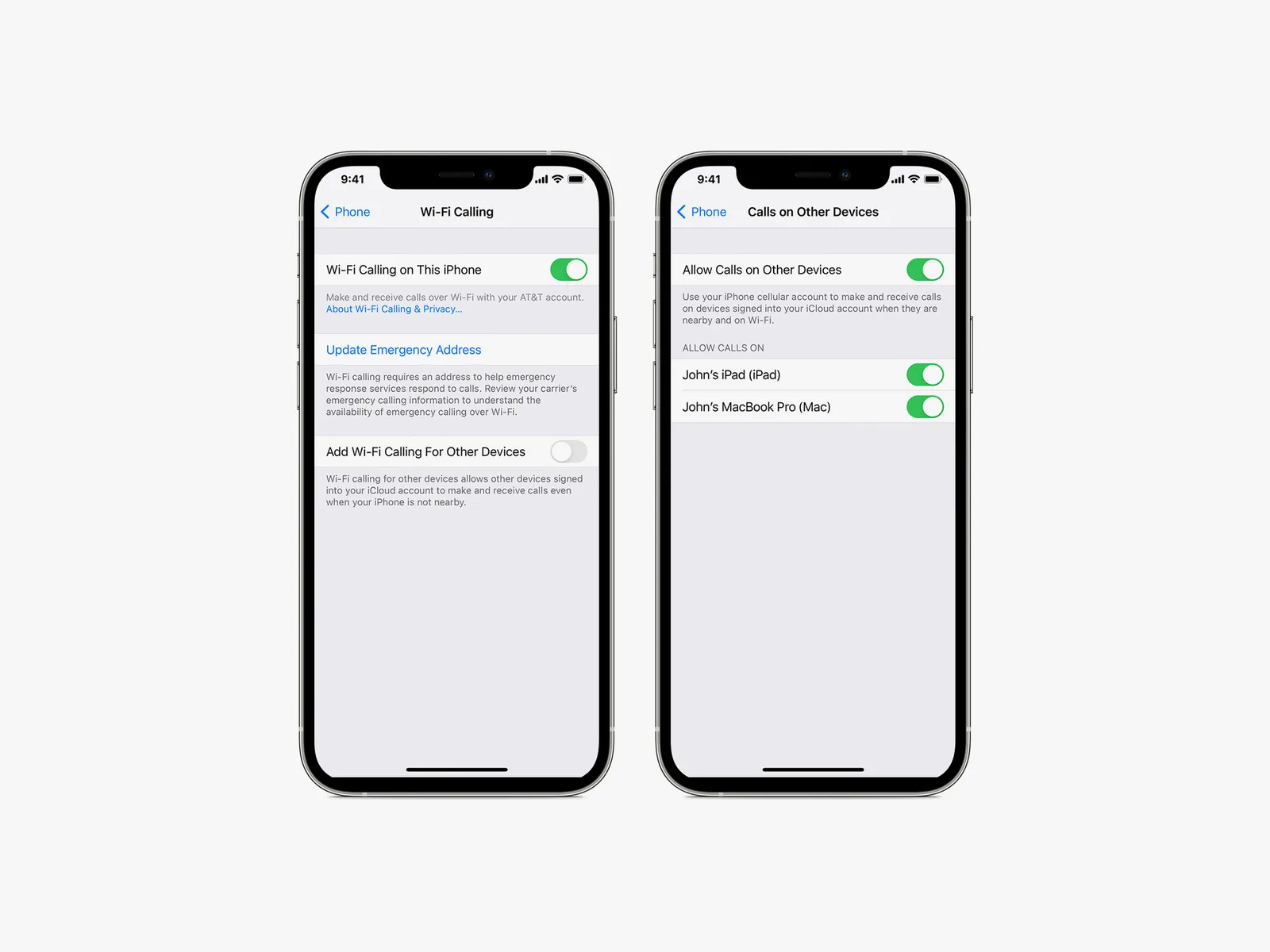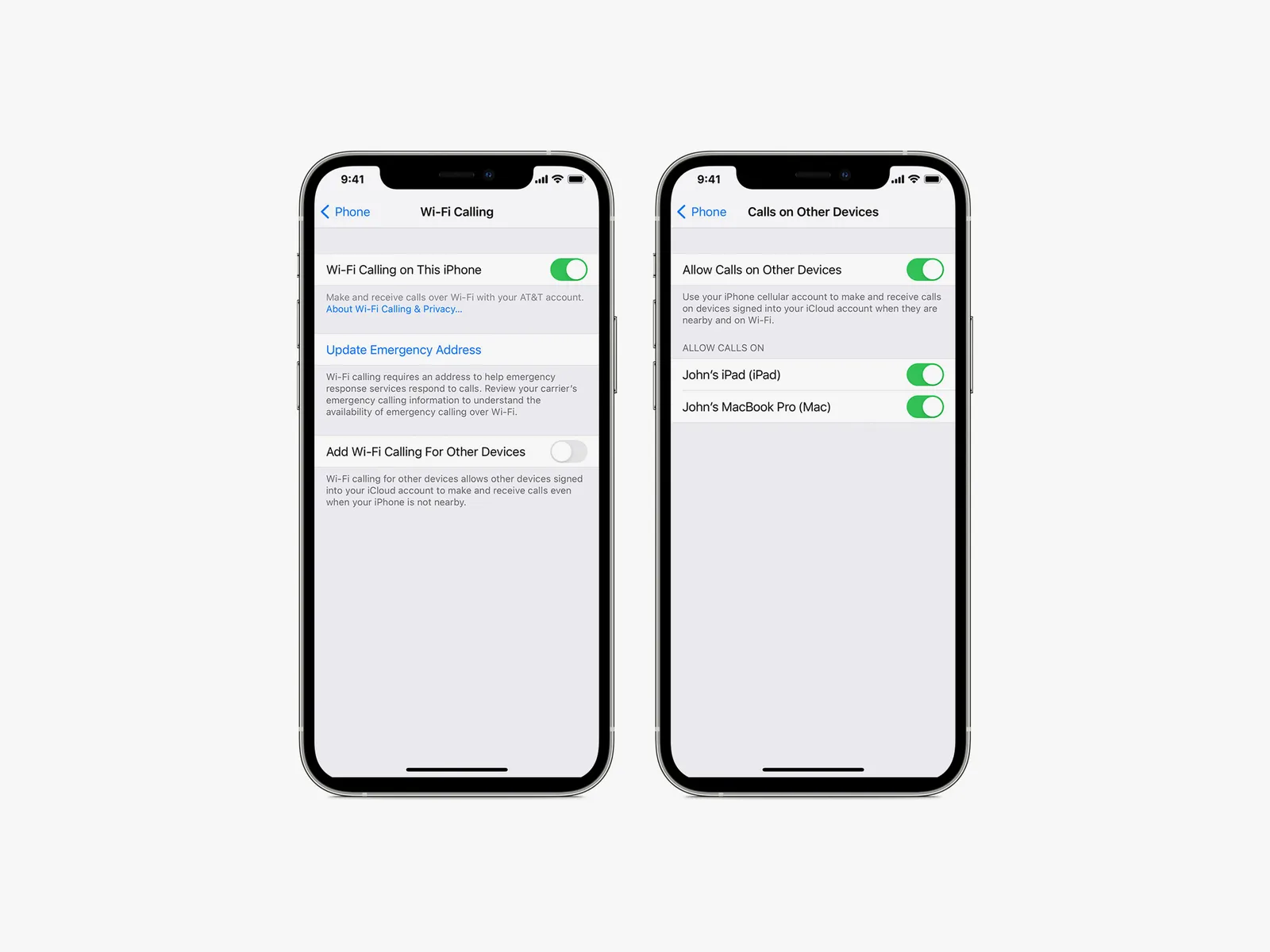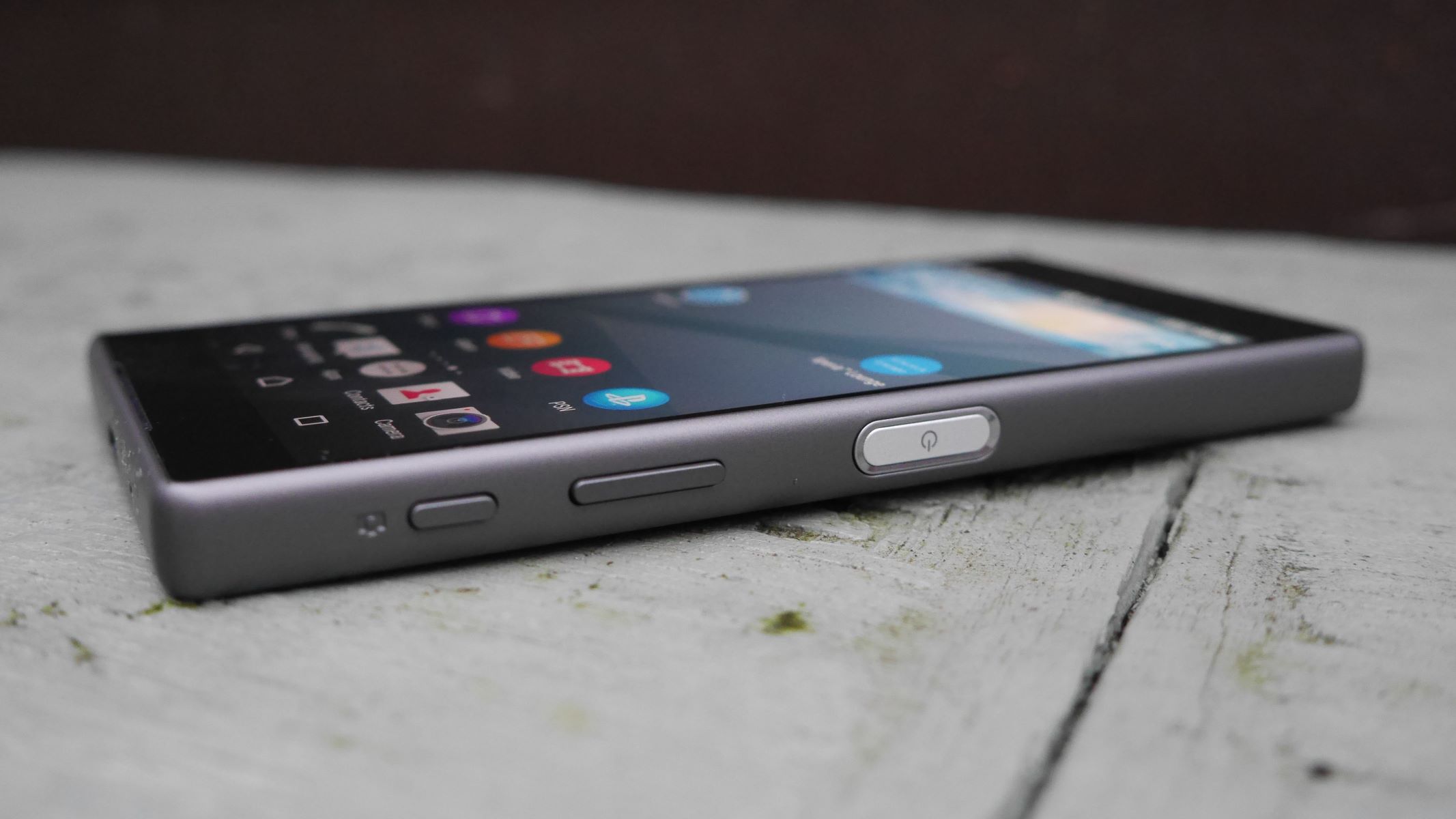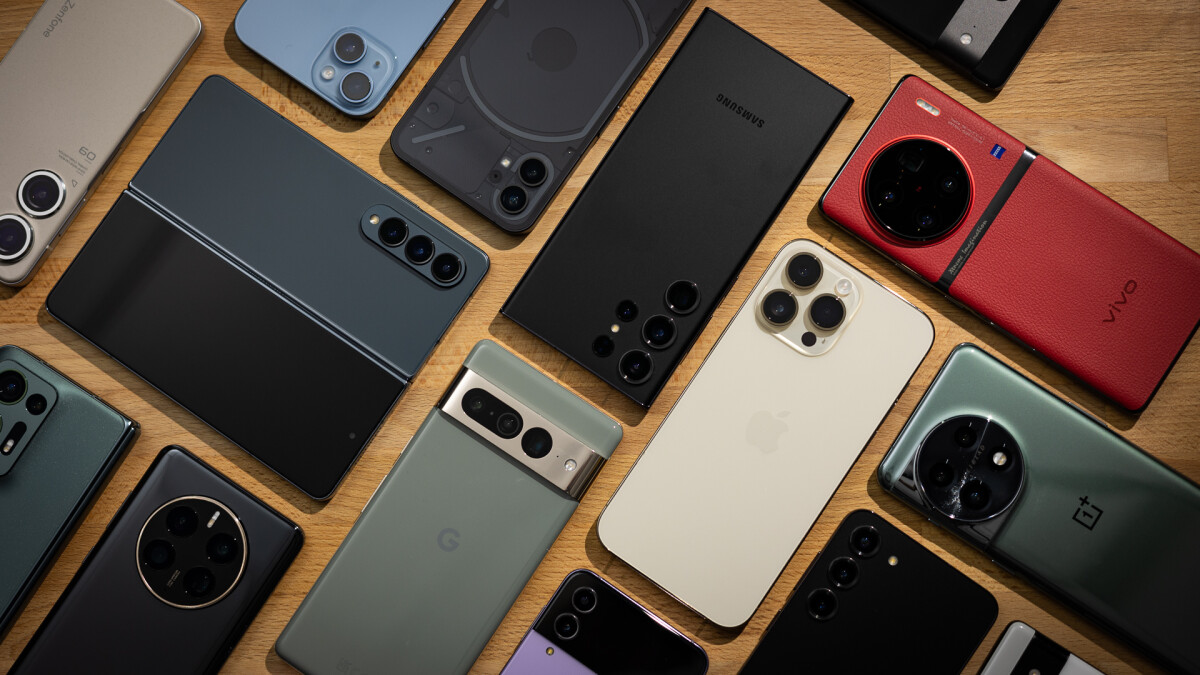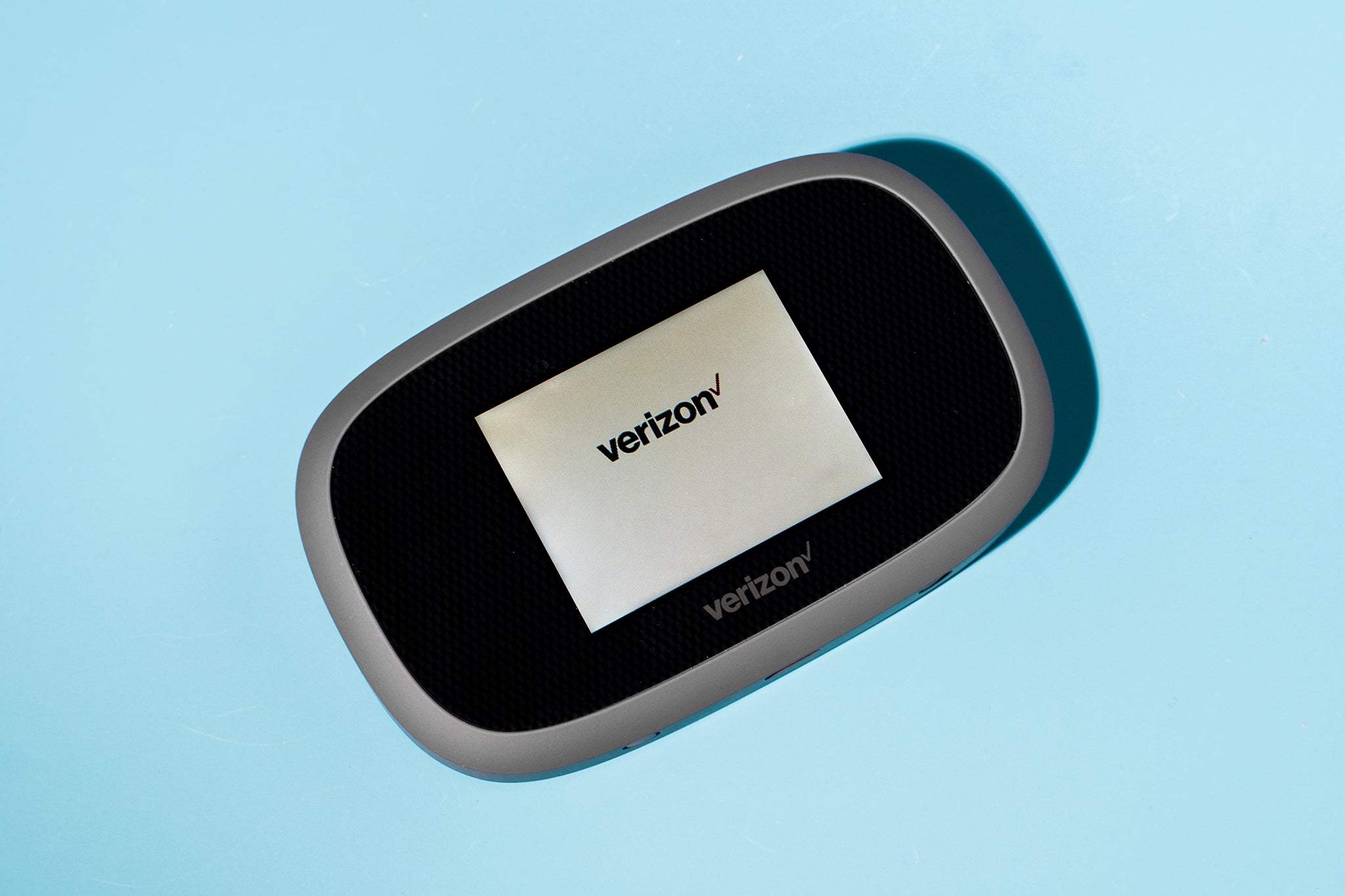Understanding Wifi Call
Wifi calls, also known as voice over wifi or VoWifi, have become increasingly popular in recent years as a convenient alternative to traditional cellular calls. With the widespread availability of wifi networks and advancements in technology, users now have the option to make and receive calls using a wifi connection, bypassing the need for a cellular network.
When making a wifi call, your voice is transmitted as data packets over the internet instead of relying on the traditional cellular network. This allows you to make calls using your existing wifi connection without consuming your cellular data or incurring additional charges.
Wifi calls are particularly beneficial in areas with weak cellular coverage. By connecting to a stable wifi network, you can ensure a stronger and more reliable connection, resulting in clearer call quality and reduced call drops or disruptions. This is especially advantageous in buildings with thick walls, remote locations, or underground areas where cellular signals may struggle to penetrate.
Furthermore, wifi calls are not limited to voice-only communication. Many modern smartphones support wifi calling features that allow you to make video calls, send multimedia messages, and even participate in conference calls via wifi. This versatility makes wifi calls a versatile communication option for both personal and professional use.
It’s important to note that wifi calls typically work best when you’re within range of a stable wifi connection. If you move out of range or lose wifi signal, the call may drop or transition to a cellular network, depending on your device’s settings and capabilities.
In summary, wifi calls leverage the power of wifi networks to transmit voice and data packets, offering users a convenient and reliable alternative to traditional cellular calls. The ability to make and receive calls without relying solely on a cellular network opens up a world of possibilities, ensuring clear communication and reducing dependency on cellular coverage limitations.
Benefits of Wifi Call
Wifi calls bring a host of advantages that make them a preferred choice for many individuals. Here are some of the key benefits of using wifi calls:
- Improved Call Quality: Wifi calls often offer better call quality compared to traditional cellular calls. By utilizing a stable wifi network, calls are less likely to be affected by weak cellular signals or interference, resulting in clearer and more reliable communication.
- Cost Savings: With wifi calls, you can make and receive calls without utilizing your cellular data or incurring additional charges. This can help you save on your monthly phone bill, especially if you frequently make long-distance or international calls.
- Extended Coverage: Wifi calls allow you to stay connected even in areas with limited cellular coverage. As long as you have access to a wifi network, you can make calls from anywhere, including places like basements, offices, or rural areas with weak cellular signals.
- Seamless Call Handover: Some devices support seamless call handover between wifi and cellular networks. This means that you can start a call on wifi and seamlessly switch to a cellular network if you move out of wifi range without interrupting the conversation.
- Flexibility and Convenience: Wifi calls offer greater flexibility when it comes to communication features. Apart from voice calls, you can make video calls, send multimedia messages, and participate in conference calls using a wifi connection, giving you a versatile communication experience.
- International Roaming: For travelers, wifi calls can be extremely beneficial. Instead of incurring high charges for international roaming, you can simply connect to a local wifi network and make calls using wifi, avoiding hefty roaming fees.
Overall, wifi calls provide numerous benefits that enhance your calling experience. From improved call quality and cost savings to extended coverage and flexibility, wifi calls are a convenient and reliable communication solution.
How Does Wifi Call Work?
Wifi calls utilize a technology known as Voice over Internet Protocol (VoIP) to transmit voice data over a wifi connection. Here’s a simplified overview of how wifi calls work:
- Initiating the Call: When you make a wifi call from your device, it connects to the nearest wifi network available. Instead of relying solely on a cellular network, the call is initiated over the internet through VoIP technology.
- Voice Data as Packets: Your voice is converted into digital data packets that are transmitted over the internet. These packets contain your voice data and are similar to the packets used for transmitting other types of data over the internet.
- Secure Transmission: The voice data is encrypted to ensure its security and privacy during transmission. This encryption provides a level of protection against unauthorized access or interception of the call.
- Wifi Network Infrastructure: The voice data packets travel through the wifi network infrastructure, including routers, switches, and access points. This network infrastructure helps in routing the data packets to the intended destination.
- Destination Device: The voice data packets are received by the destination device – the device you are calling. The destination device decodes the packets and converts them back into audio signals, allowing the recipient to hear your voice.
- Two-Way Communication: Wifi calls support two-way communication, which means that both parties can speak and listen to each other simultaneously. This seamless and real-time interaction enables natural and uninterrupted conversations.
It’s important to note that the exact process may vary depending on the specific device, operating system, and network configuration. Additionally, some wifi calling services may have additional features like call handover between wifi and cellular networks or integration with other communication services.
In summary, wifi calls utilize VoIP technology to convert voice into digital data packets that are transmitted over wifi networks. By leveraging the internet and wifi infrastructure, wifi calls provide a reliable and cost-effective means of communication, allowing users to make calls without relying solely on a cellular network.
Features and Limitations of Wifi Call
Wifi calls offer a range of features that enhance the calling experience. However, it’s important to be aware of their limitations. Let’s explore the features and limitations of wifi calls:
Features:
- Clear Voice Quality: Wifi calls generally provide clear and high-quality voice communication. The use of a stable wifi connection ensures minimal call drops and higher call clarity.
- Video Calling: Many devices and apps that support wifi calls also offer video calling capabilities. This allows you to have face-to-face conversations with friends, family, or colleagues over a wifi connection.
- Text and Multimedia Messaging: Wifi calling features often include the ability to send text messages, photos, videos, and other multimedia files using a wifi connection.
- Conference Calls: With wifi calls, you can participate in conference calls, allowing multiple participants to join the conversation simultaneously. This is especially useful for business meetings or group discussions.
- Seamless Handover: Some devices and network providers support seamless handover between wifi and cellular networks. This means that if you move out of wifi range during a call, the call can transition seamlessly to a cellular network without any disruptions.
Limitations:
- Dependent on Wifi Signal: Wifi calls rely on a stable wifi connection. If the wifi signal is weak or unstable, it can lead to dropped calls, poor call quality, or difficulty in establishing a connection.
- Network Compatibility: Not all devices or network providers support wifi calling. It’s essential to ensure that your device and network plan are compatible with wifi calls before attempting to use this feature.
- Limited Emergency Services: In some regions, wifi calls may not support emergency services, such as dialing emergency numbers like 911. It’s important to check with your local regulations and service providers for emergency call support over wifi.
- Data Usage: While wifi calls do not consume cellular data, they utilize internet data. If you have limited or metered internet data, making frequent or lengthy wifi calls may consume your data allowance.
- Wifi Coverage Limitation: Wifi calls are dependent on the availability of a wifi network. In areas with limited or no wifi coverage, you may not be able to use wifi calls unless you have access to a suitable wifi network.
By understanding the features and limitations of wifi calls, users can make informed decisions about utilizing this communication option. Wifi calls offer a range of convenient features but can be restricted by factors such as wifi connectivity, device compatibility, and emergency service availability.
Setting Up Wifi Call on Your Device
Setting up wifi calling on your device can vary slightly depending on the operating system and device manufacturer. However, the general steps for setting up wifi call are as follows:
Step 1: Check Compatibility:
Ensure that your device and carrier support wifi calling. Check with your device’s manufacturer or your carrier’s website for information on wifi calling compatibility. If your device and carrier are compatible, proceed to the next step.
Step 2: Enable Wifi Calling:
On your device, go to the settings menu and look for the “Wifi Calling” or “Voice over Wifi” option. Toggle it on to enable wifi calling. Some devices may require additional steps, such as accepting terms and conditions or verifying your emergency address.
Step 3: Confirm E911 and Emergency Address:
For your safety and compliance with emergency services regulations, you may need to confirm your E911 address. This ensures that emergency services can locate you accurately if you make an emergency call over wifi. Follow the on-screen instructions to input or verify your emergency address.
Step 4: Test and Configure:
Once you’ve enabled wifi calling, make a test call to ensure that it’s working properly. Adjust any additional settings, such as enabling or disabling handover to cellular networks or adjusting call preferences, as per your device’s options.
Step 5: Update Your Emergency Contacts:
If you rely on your device’s contacts for emergencies, make sure to update them with your wifi calling number. This ensures that your emergency contacts can reach you even if you’re using wifi calling instead of a traditional cellular network.
Note: The above steps are a general guideline, and there may be slight variations depending on your device and carrier. It’s always recommended to refer to the device’s user manual or contact your carrier’s customer support for specific instructions.
By following these steps, you can set up wifi calling on your device and start enjoying the benefits of making and receiving calls over a wifi network.
Tips for Ensuring a Smooth Wifi Call Experience
While wifi calls offer many advantages, there are several factors that can affect the quality of your wifi call. To ensure a smooth and uninterrupted wifi call experience, consider implementing the following tips:
- Stable Wifi Connection: Make sure you are connected to a stable and high-speed wifi network. Unstable or slow wifi can result in dropped calls, poor call quality, or interruptions during the conversation. Stay close to your wifi router or access point for a stronger signal.
- Internet Bandwidth: Check your internet bandwidth to ensure that it can support voice calls. If you have multiple devices connected to the same wifi network and using bandwidth-intensive activities like streaming or downloading, it can impact the quality of your wifi call. Consider disconnecting other devices or limiting bandwidth-heavy activities during important calls.
- Network Congestion: Wifi networks can experience congestion during peak usage hours. If you notice lag or poor call quality, try making your wifi call during off-peak hours when the network is less congested.
- Update Your Device: Keep your device’s software and firmware up to date. Manufacturers often release updates that include bug fixes and enhancements, which can improve the performance of wifi calling on your device.
- Check for App Updates: If you are using a wifi calling app, ensure that it is updated to the latest version. App updates often include improvements and bug fixes that can enhance the performance and stability of wifi calling.
- Disable Battery Saving Mode: Some devices automatically enable battery-saving mode when the battery is low. However, this mode may restrict data usage and wifi connectivity, which can affect the quality of wifi calls. Consider disabling battery-saving mode during important calls.
- Avoid Signal Interference: Nearby electronic devices or physical obstructions can cause wifi signal interference. Keep your device away from other electronics, such as microwaves or cordless phones, and minimize obstructions between your device and the wifi router.
- Close Background Apps: Close any unnecessary apps running in the background, as they may consume bandwidth and affect the quality of your wifi calls. Keep only the essential apps active to optimize your device’s performance during calls.
Implementing these tips will significantly improve your wifi call experience. However, it’s important to remember that some factors, such as wifi network quality and external interference, may be beyond your control. In such cases, consider switching to a different wifi network or relocating to an area with a stronger signal to ensure a smooth and uninterrupted wifi call.
Comparison between Wifi Call and Traditional Cellular Call
Wifi calls and traditional cellular calls have different features and characteristics that distinguish them from each other. Let’s compare them across various aspects:
Call Quality:
Wifi calls often provide better call quality compared to traditional cellular calls, especially in areas with weak cellular coverage. Since wifi calls rely on a stable wifi network, they are less affected by signal strength issues and interference, resulting in clearer and more reliable voice communication.
Coverage:
Traditional cellular calls have wider coverage since they rely on cellular network infrastructure. They can provide connectivity even in remote or rural areas where wifi networks may not be available. Wifi calls, on the other hand, require a wifi network to make and receive calls, limiting their coverage to areas with wifi access.
Cost:
Wifi calls are often more cost-effective compared to traditional cellular calls, especially for long-distance or international calls. Wifi calls utilize internet data instead of consuming cellular voice minutes or incurring additional charges. This can result in significant cost savings, especially for frequent or lengthy calls.
Features:
Both wifi calls and traditional cellular calls offer a range of features, but wifi calls tend to include additional functionalities. With wifi calls, you can make video calls, send multimedia messages, and even participate in conference calls using a wifi connection. Traditional cellular calls may have limitations in terms of multimedia capabilities.
Emergency Services:
Traditional cellular calls have always been the go-to option for emergency services as cellular networks are specifically designed to provide reliable emergency connectivity. Wifi calls, on the other hand, may have limitations in terms of emergency services support. Some regions may not support emergency call dialing over wifi, and it’s crucial to be aware of these limitations.
Dependence on Network:
Wifi calls require a stable and reliable wifi network to function. In areas with weak or no wifi coverage, wifi calls may not be possible. Traditional cellular calls, on the other hand, are not dependent on wifi and can be made as long as there is cellular network coverage.
Battery Life:
Wifi calls can drain your device’s battery more quickly compared to traditional cellular calls. Since wifi calls utilize internet data and keep the wifi radio active throughout the call, it can contribute to higher battery usage. Traditional cellular calls, on the other hand, consume less battery power.
Compatibility:
Traditional cellular calls are universally compatible with any cellular network and standard voice calling technology. Wifi calls, on the other hand, may require specific device and carrier support. Not all devices or carriers may offer wifi calling capabilities, so it’s essential to check compatibility before relying on wifi calls.
By considering these factors, users can determine which call option is most suitable for their specific needs and preferences. While wifi calls offer benefits such as improved call quality and cost savings, traditional cellular calls provide wider coverage and are the default choice for emergency situations.
Frequently Asked Questions about Wifi Call
Here are some common questions and answers regarding wifi calls:
1. Can I make a wifi call using any device?
No, not all devices support wifi calling. You need to check if your device is compatible and if the feature is supported by your carrier. Most modern smartphones and some tablets support wifi calling, but it’s best to confirm with your device manufacturer and carrier.
2. Does making a wifi call use my cellular data?
No, making a wifi call does not consume your cellular data. Instead, it utilizes internet data through the wifi network. This can help you save on your cellular data usage, especially if you have limited data allowances.
3. Can I make an emergency call over wifi?
The ability to make emergency calls over wifi depends on your location, device, and carrier. Some regions support emergency calls over wifi, while others do not. It’s crucial to check with your local regulations and your carrier’s guidelines to determine if wifi calls support emergency services in your area.
4. How do I know if I’m making a wifi call instead of a cellular call?
Most devices indicate when you are making a wifi call. Your device’s screen may display “Wifi Call” or an icon to indicate that the call is being routed through a wifi connection. Additionally, some devices may play a unique ringtone or show a different signal indicator to differentiate wifi calls from cellular calls.
5. Can I switch between wifi and cellular networks during a call?
Some devices and carriers support seamless handover between wifi and cellular networks during a call. This means that if you move out of wifi range, the call can automatically switch to a cellular network without interrupting the conversation. However, not all devices or carriers offer this feature. Check with your device manufacturer and carrier for specific details.
6. Do I need to pay extra for using wifi calling?
Using wifi calling itself typically does not incur additional charges. However, regular call charges, such as international call rates, may still apply when making wifi calls to a non-local number. It’s best to consult your carrier to understand any potential fees associated with wifi calling.
7. Does the person I’m calling need to have wifi calling enabled?
No, the person you are calling does not need to have wifi calling enabled. As long as you have wifi calling enabled on your device, you can make calls to any phone number, whether they have wifi calling or not. However, if the person you are calling does not have reliable cellular coverage, it is more likely that they will miss the call if they do not have wifi access.
These are just a few frequently asked questions about wifi calls. It’s important to consult your device manufacturer and carrier for specific details and to stay informed regarding the latest updates and features related to wifi calling.







